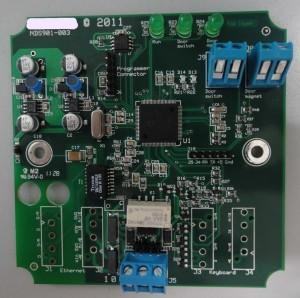The success of a surface mounted PCB assembly depends a great deal on the components that are used in the manufacturing process. There are times that certain components (that are supposedly RoHS compliant) end up overheating and get damaged within a short period of time. Some of these include capacitors, connectors, resistors, and flat topped caps.
So what’s the problem? If these components are RoHS compliant, then why are these problems taking place? Closer examination of such components by PCB repair service providers has revealed that it is not the parts that are the problem but the soldering.
Components such as the ones previously mentioned are RoHS compliant but only as single parts. When a group of them are soldered in close proximity to each other, the solder paste inside the pads does not melt properly. Due to this, the heat tends to remain within the solder pads, thus causing the overheating.

This problem is slowly becoming a common one with quick turn PCB assemblies. They are particularly seen on dual reflow boards that consist of large SMT caps. There are a couple of solutions that can be used to solve this problem.
- The simplest solution would be to solder these components by hand.
- Another solution would be to enlarge the toe of the SMT footprints. This can also assist in the hand soldering process.
Another simple solution is to look at components that have added features, which will allow for better quick turn PCB assembly. For example, many manufacturers provide connectors with a small piece of tape or small plastic pads. This allows the surface mount assembly machines to easily pick, place, and effectively solder the component onto the board. Once the component has been soldered, the pad or tape can be easily removed.
In this manner, a surface mount PCB can be easily assembled and shipped for delivery.